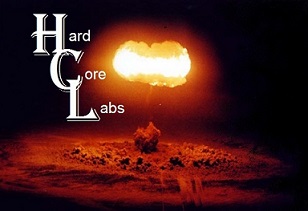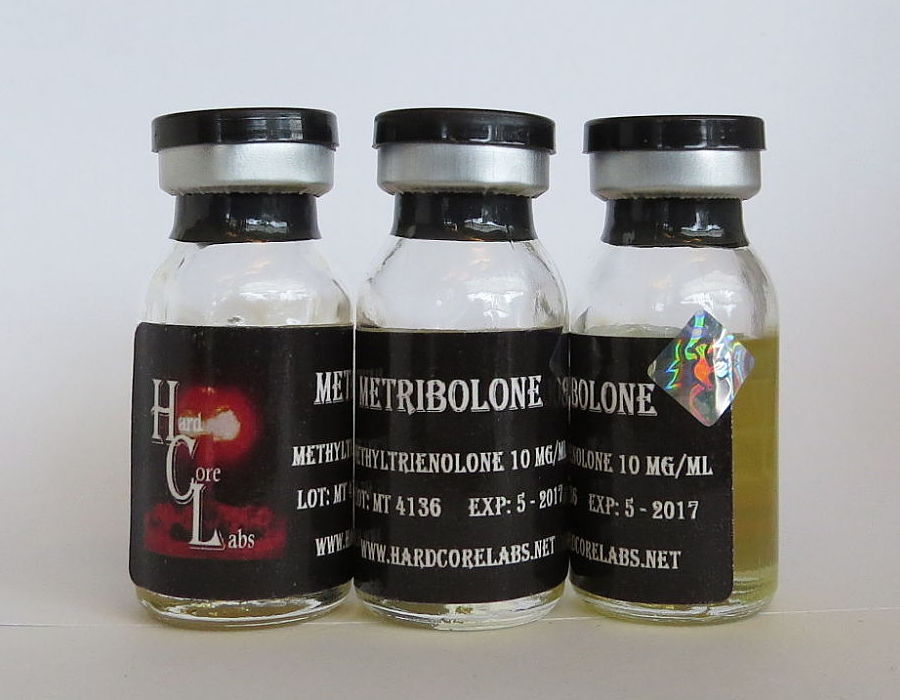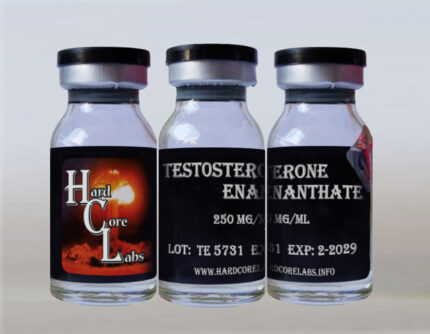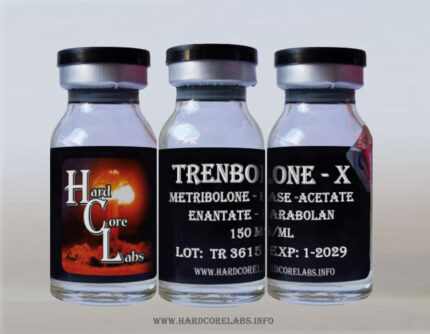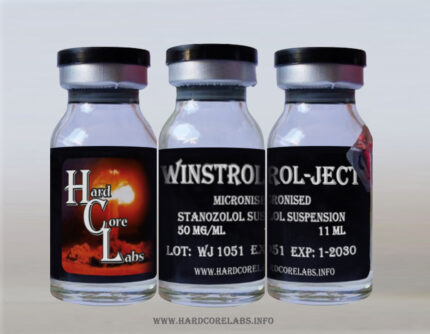Metribolone
Metribolone, often referred to by its chemical name methyltrienolone, is one of the most potent anabolic-androgenic steroids ever created. It is structurally related to trenbolone but includes an added methyl group at the 17-alpha position, which allows it to remain active when taken orally and also dramatically increases its binding affinity to androgen receptors. This modification gives it not only unmatched potency but also a reputation for being extremely toxic, particularly to the liver. Despite its oral bioavailability, some underground labs have produced injectable versions of metribolone in an attempt to reduce its hepatotoxicity, but this route of administration still carries significant risk and should not be seen as inherently safer.
As a compound, metribolone is essentially a methylated derivative of trenbolone. It does not aromatize into estrogen and therefore does not produce estrogen-related side effects such as gynecomastia or water retention. In fact, it is completely dry in terms of visual effect, leading to extremely hard, dense, and vascular musculature, which is one of the reasons it has occasionally been used in contest preparation or final-stage cutting cycles by advanced users. The lack of estrogenic activity, combined with incredibly high androgen receptor binding affinity, results in rapid increases in strength, aggression, and muscular fullness. However, unlike trenbolone, which carries some anabolic benefits balanced by a degree of versatility and tolerability, metribolone is often seen as unmanageable due to its side effect profile.
Injectable metribolone is not produced by pharmaceutical companies and exists only in underground lab form. The idea behind an injectable version is to bypass the liver’s first-pass metabolism, thereby reducing hepatic strain compared to oral administration. However, even when injected, the 17-alpha-alkylated structure of methyltrienolone still imposes stress on the liver, making hepatotoxicity a significant concern. There are no clinical trials or human therapeutic uses of metribolone outside of experimental research. It was originally studied in the 1960s and 1970s for potential cancer treatment and as a possible male contraceptive, but it was deemed too toxic and never approved for human use.
In practical application, metribolone inject is used only by the most advanced or risk-tolerant athletes. Its effects are described as extremely fast-acting and intense. Strength increases dramatically within just a few days, muscle hardness becomes extreme, and aggression in the gym rises sharply. These effects are a result of the compound’s extremely strong anabolic and androgenic properties, which surpass even trenbolone.
